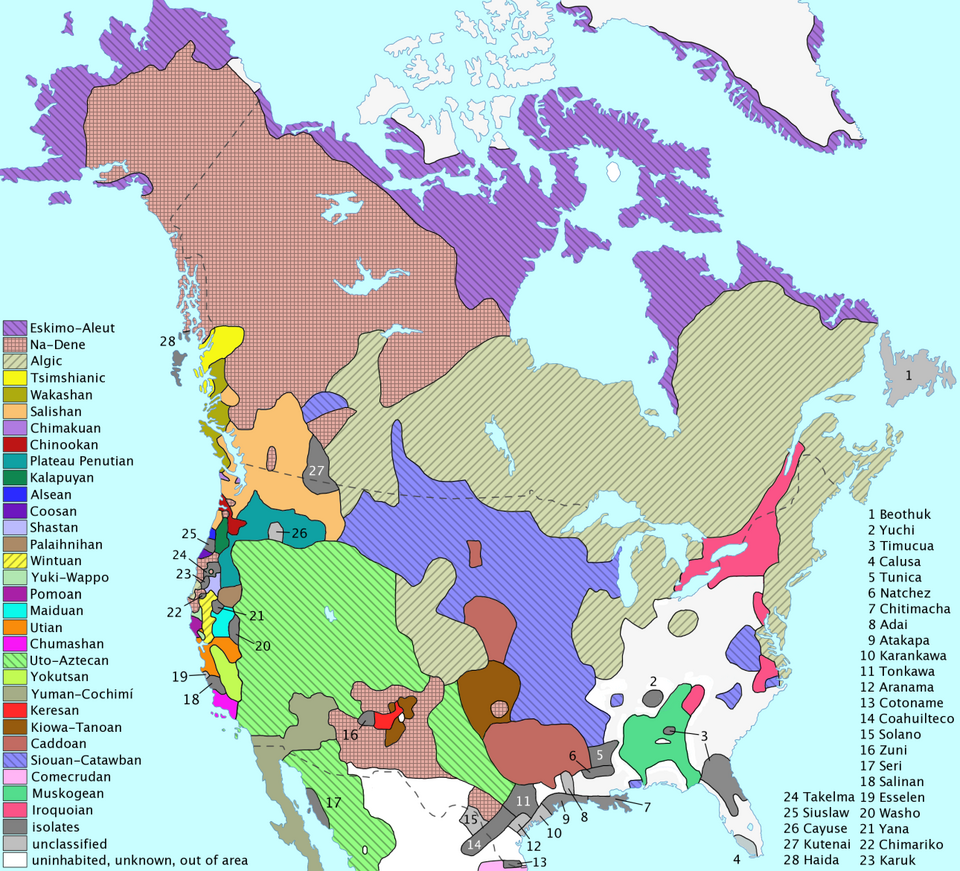AY Honors/Native American Lore - Advanced/Answer Key
1. Have the Indian Lore Honor.
2. Know and have a list of at least 40 foods introduced to us by the Indians of North and South America.
Adventist Youth Honors Answer Book/Arts and Crafts/Indian Lore/Foods
3. Participate in a meal using as many Indian foods and cooking methods as possible.
4. Name five drugs or medicine plants used by the Indians.
5. Discuss the Indians of your area with regard to:
a. Tribes located there
b. Homes and clothing
c. Native crafts performed, such as basketry, pottery, mats, etc.
d. Religious practices
e. Form of Government
If you do not live in North America, choose any of the following for study.
Northeast
Southeast
Northwest
Southwest
6. Name ten articles used by the Indians in their religious ceremonies.
7. Explain two methods of mounting and displaying arrowheads.
8. Explain one method of restoring and mending damaged arrowheads, ollas, blankets, and baskets.
9. Name and locate at least ten different tribes of the present day and tell for what each is noted.
10. Experiment with plant dyes as used by the Indians and try to obtain at least two shades of color.
The dying process
Gather your plants from an area where it the species you are after is abundant. Be sure to not take more than two-thirds of the plants from any one area. Natural fabrics work best with natural dyes, so choose cotton or wool (you can use yarn if you like).
The amount of material needed for the dyepot varies. For four ounces of cloth or yarn, use 12 ounces of plant material, one ounce of alum, and 1/4 ounce of cream of tartar in four quarts of water. Soak skeins of white yarn or material in plain water for 24 hours before dyeing.
Create Dye
- Put water in a large pot, add shredded plant parts (place in net bag)
- Simmer 1/2 to 1 hour (just below the boiling point)
- Strain out material (remove net bag)
Dye Fibers
- Add alum and cream of tartar to water and stir (cream of tartar helps keep fibers soft)
- Put in pre-moistened fiber/yarn
- Simmer until material is a little darker than you desire, stirring and submerging occasionally
- Remove from heat
Remove Fibers from Bath and Dry
- Rinse (starting with warm water) until cool
- Hang to dry
Be sure to wash the cloth by itself the first time you launder it. The last thing you want to do is accidentally dye your other clothes!
Plants and colors
You can get some of these plants at a grocery store even in the winter, but most will need to be gathered in the warmer months.
- Red
- Rose hips, beets, dandelion roots
- Orange
- Onion skins, sassafras leaves
- Yellow
- Queen Anne's lace (carrot), burdock, dandelion flowers
- Green
- Red onion skins, plantain roots
- Blue-Purple
- Poke berries, grapes, blueberries, blackberries, red cabbage
- Brown
- Walnut hulls, acorns
- Black-gray
- Sumac leaves, iris roots
http://www.pioneerthinking.com/naturaldyes.html

